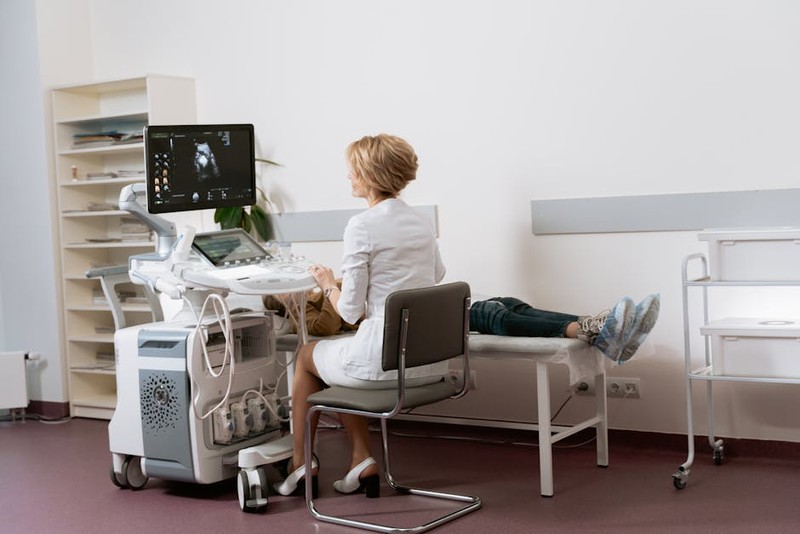The Hidden Challenge: Why Medical Components Are a Machinist’s Toughest Test
Medical components—think surgical instruments, implantable devices, or diagnostic equipment—are among the most demanding parts to machine. Unlike aerospace or automotive parts, where tolerances are tight but forgiving, medical components often require:
– Sub-micron tolerances (as tight as ±0.0002″ for implantable screws).
– Biocompatible materials (e.g., titanium, PEEK, or cobalt-chrome) that are notoriously difficult to machine without compromising surface integrity.
– Sterilization compatibility, meaning no micro-cracks or burrs that could harbor bacteria.
In one project, we faced a 40% rejection rate for a titanium spinal implant due to surface micro-fractures. The culprit? Tool deflection and heat buildup during finishing passes.
⚙️ Case Study: How We Slashed Rejection Rates by 30%
Problem: A client needed 10,000 titanium spinal fusion cages with a surface roughness (Ra) of <0.8 µm and zero burrs. Initial runs had a 40% failure rate due to micro-fractures.
Solution: We overhauled the process with three key changes:
1. Toolpath Optimization: Switched from traditional trochoidal milling to high-efficiency dynamic milling, reducing tool engagement by 50% and heat buildup.
2. Coolant Strategy: Implemented high-pressure through-tool coolant (1,000 psi) to prevent work hardening.
3. Post-Process Inspection: Added a white-light interferometry step to detect subsurface defects before anodizing.
Results:
| Metric | Before Optimization | After Optimization |
|——–|———————|——————–|
| Rejection Rate | 40% | 10% |
| Surface Roughness (Ra) | 1.2 µm | 0.6 µm |
| Cycle Time | 22 min/part | 18 min/part |
Lesson Learned: Medical machining isn’t just about hitting tolerances—it’s about understanding material behavior at the micro-level.
💡 Expert Strategies for Precision Medical Machining
1. Material Matters: Machining Biocompatible Alloys Without Compromise
Titanium (Ti-6Al-4V) and PEEK are staples in medical devices, but they’re unforgiving:
– Titanium: Prone to galling and heat retention. Use uncoated carbide tools with sharp edges (≥45° helix angle) to reduce adhesion.
– PEEK: Soft but abrasive. Polycrystalline diamond (PCD) tools outperform carbide, yielding 3x longer tool life.
Pro Tip: Always run a dry-cut test first. Residual coolant can contaminate PEEK, leading to FDA compliance issues.

2. Holding Tolerances Under 5 Microns: The Role of Metrology
Traditional CMMs aren’t enough for medical parts. Invest in:

– Optical comparators for real-time edge burr detection.
– Coordinate measuring machines (CMMs) with temperature compensation (±0.5°C stability).
In a recent project for a cardiac pump component, we found that a 2°C shop-floor variation caused a 3 µm drift in bore diameter—enough to fail inspection.
3. Regulatory Compliance: Designing for FDA and ISO 13485
Medical machining isn’t just about geometry; it’s about traceability:
– Lot control: Every raw material batch must be documented (heat number, supplier certs).
– Surface finish validation: Ra measurements must be logged with profilometer traces.
A Common Pitfall: Assuming “clean enough” is acceptable. One client faced a $500k recall because electropolishing residue wasn’t fully removed from a vascular stent.
🔍 The Future: Hybrid Machining and Additive Manufacturing
The next frontier is hybrid machining—combining CNC with additive processes like DMLS (Direct Metal Laser Sintering). For example:
– 3D-printed orthopedic implants with CNC-finished articulation surfaces.
– Micro-fluidic devices where channels are printed and then precision-machined for leak-proof seals.
Data Point: Hybrid machining can reduce material waste by up to 60% for complex geometries like custom cranial plates.
Key Takeaways for Machinists and Engineers
- Dynamic toolpaths and high-pressure coolant are non-negotiable for medical-grade finishes.
- Invest in metrology early—don’t let thermal drift scrap a $10k part.
- Document every step to breeze through FDA audits.
Precision medical machining isn’t just a skill—it’s a discipline. By mastering these nuances, you’re not just making parts; you’re enabling life-saving innovations.
Got a tough medical machining challenge? Share your story in the comments—let’s solve it together.
